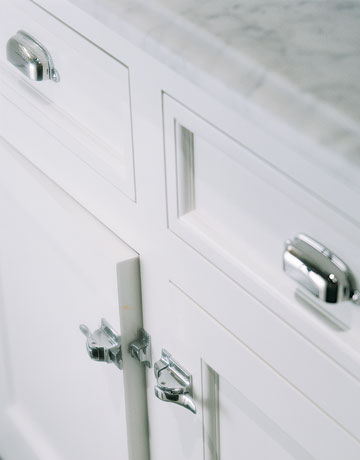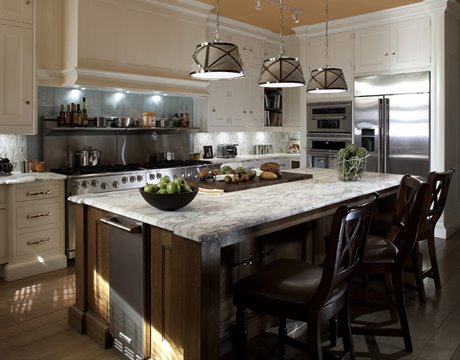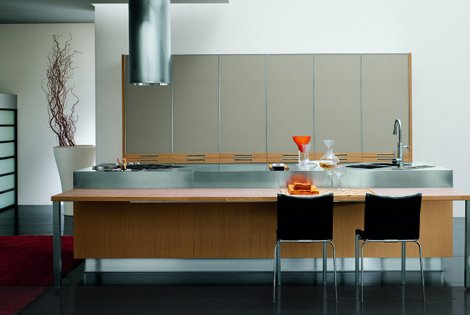 that looked like what she wanted and I didn't have her go through any of my books so she could show me things that she liked the way I usually do. She was pretty determined to get what she wanted and what she wanted was Modern in her words.
that looked like what she wanted and I didn't have her go through any of my books so she could show me things that she liked the way I usually do. She was pretty determined to get what she wanted and what she wanted was Modern in her words.I work in how things look, but I have to describe how those things look in pretty exact terms
 . Modern means something very specific to me. It means no ornamentation, it means simple lines, it means repetitive shapes. Modernism relies on the big picture to set a mood. Modernism asks you to step back and take in the whole thing rather than concentrate on smaller vignettes and details. Modernism is the Guggenheim on Fifth Avenue. Modernism pares down forms to their barest essence and asks questions of me like "how to I
. Modern means something very specific to me. It means no ornamentation, it means simple lines, it means repetitive shapes. Modernism relies on the big picture to set a mood. Modernism asks you to step back and take in the whole thing rather than concentrate on smaller vignettes and details. Modernism is the Guggenheim on Fifth Avenue. Modernism pares down forms to their barest essence and asks questions of me like "how to I 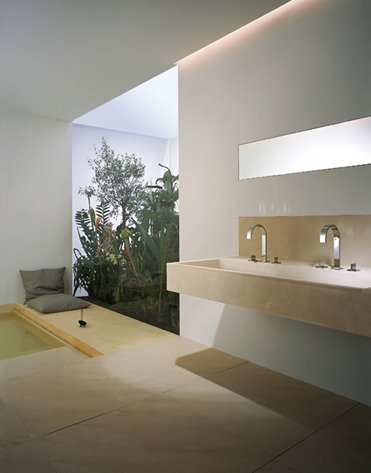 maintain total function while using the fewest numbers of shapes?" Modernism makes people live simple and uncluttered lives, modernism makes someone throw away the junk mail as it arrives and pay their bills on time. Modernism is minimalism. Always. I love Modernism. I love it I love it I love it.
maintain total function while using the fewest numbers of shapes?" Modernism makes people live simple and uncluttered lives, modernism makes someone throw away the junk mail as it arrives and pay their bills on time. Modernism is minimalism. Always. I love Modernism. I love it I love it I love it.I set about a plan for my client and I took a good week-and-a-half to complete some preliminary drawings and find some samples of the finishes I would use in her newly Modern home. Modernism is a classic --it's timeless. I love telling myself that my designs for a client will stand the test of time and I was pretty happy with the direction I was taking this client's home.
She hated it and I had to re-do everything. I lost another week coming up with a new direction. It wasn't a total loss though. Armed with my concept drawings, we now had something to talk about and she could show me what she wanted. Unfortunately, the drawings were examples of exactly what she didn't want. She wanted ornamentation. She wanted small picture stuff. She wanted every sight line in her renovated home to feature a series of focal points that related to one another. She wanted crown moldings and inlaid floors and paneled appliances. She wanted original and she wanted something very now. About five minutes into my presentation I saw that I'd missed the mark completely and I did so because we weren't using the same vocabulary.
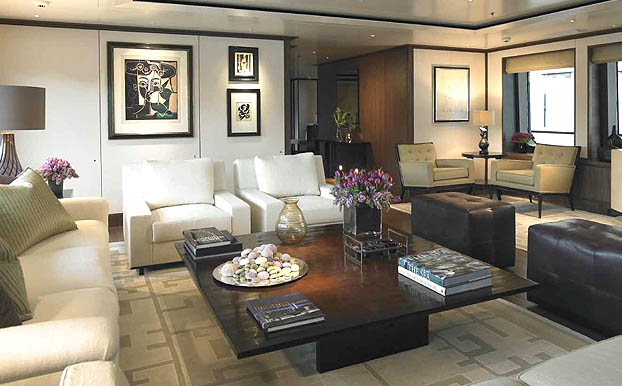 She had been using the term Modern to describe Contemporary. Contemporary is a very different thing from Modern. Contemporary means Now. Contemporary isn't timeless and a classic. There's absolutely nothing wrong with Contemporary, it's just another thing all together. Contemporary is never minimalist and that's the easiest way to identify it.
She had been using the term Modern to describe Contemporary. Contemporary is a very different thing from Modern. Contemporary means Now. Contemporary isn't timeless and a classic. There's absolutely nothing wrong with Contemporary, it's just another thing all together. Contemporary is never minimalist and that's the easiest way to identify it.Using architecture as an example again, if Frank Lloyd Wright's Guggenheim on the Upper East Side is Modern, then Michael Graves' Swan Hotel at Disney is Contemporary. The Swan Hotel
 is a marvel --it's impossible to walk around it when you're in a hurry. There is so much going on with it, yet all of its parts combine into a cohesive whole. As with anything Michael Graves designs, it has a sense of whimsy about it that makes it sit perfectly in the middle of an amusement park. The Guggenheim on the other hand sits on the corner of Fifth Avenue and 89th Street in a neighborhood lined with tall apartment buildings and across from the leafy expanse of Central Park. Its rounded lines form a perfect bridge between the hard surfaces and lines of the buildings on the east side of Fifth Avenue and the trees in the park on the west side. It's also impossible to hurry past, but because its simple facade
is a marvel --it's impossible to walk around it when you're in a hurry. There is so much going on with it, yet all of its parts combine into a cohesive whole. As with anything Michael Graves designs, it has a sense of whimsy about it that makes it sit perfectly in the middle of an amusement park. The Guggenheim on the other hand sits on the corner of Fifth Avenue and 89th Street in a neighborhood lined with tall apartment buildings and across from the leafy expanse of Central Park. Its rounded lines form a perfect bridge between the hard surfaces and lines of the buildings on the east side of Fifth Avenue and the trees in the park on the west side. It's also impossible to hurry past, but because its simple facade 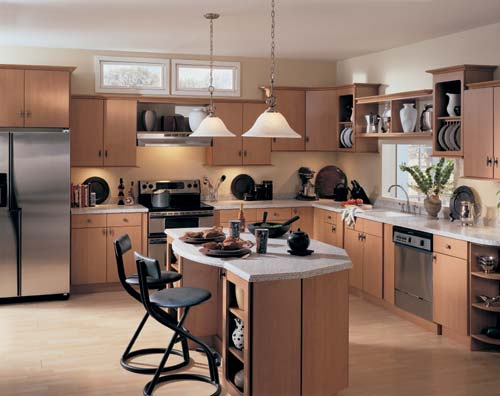 contrasts so strongly with its surroundings.
contrasts so strongly with its surroundings.The lesson? If you're going to embark on a renovation and you're going to talk to a designer about it, start a clip file of things you like. Be sure that you and whoever you're talking to share a vocabulary. My lesson? Anybody who comes to me without such a clip file is going to spend some time in my design library. Clients and I need to speak the same language, even if we have to make one up.

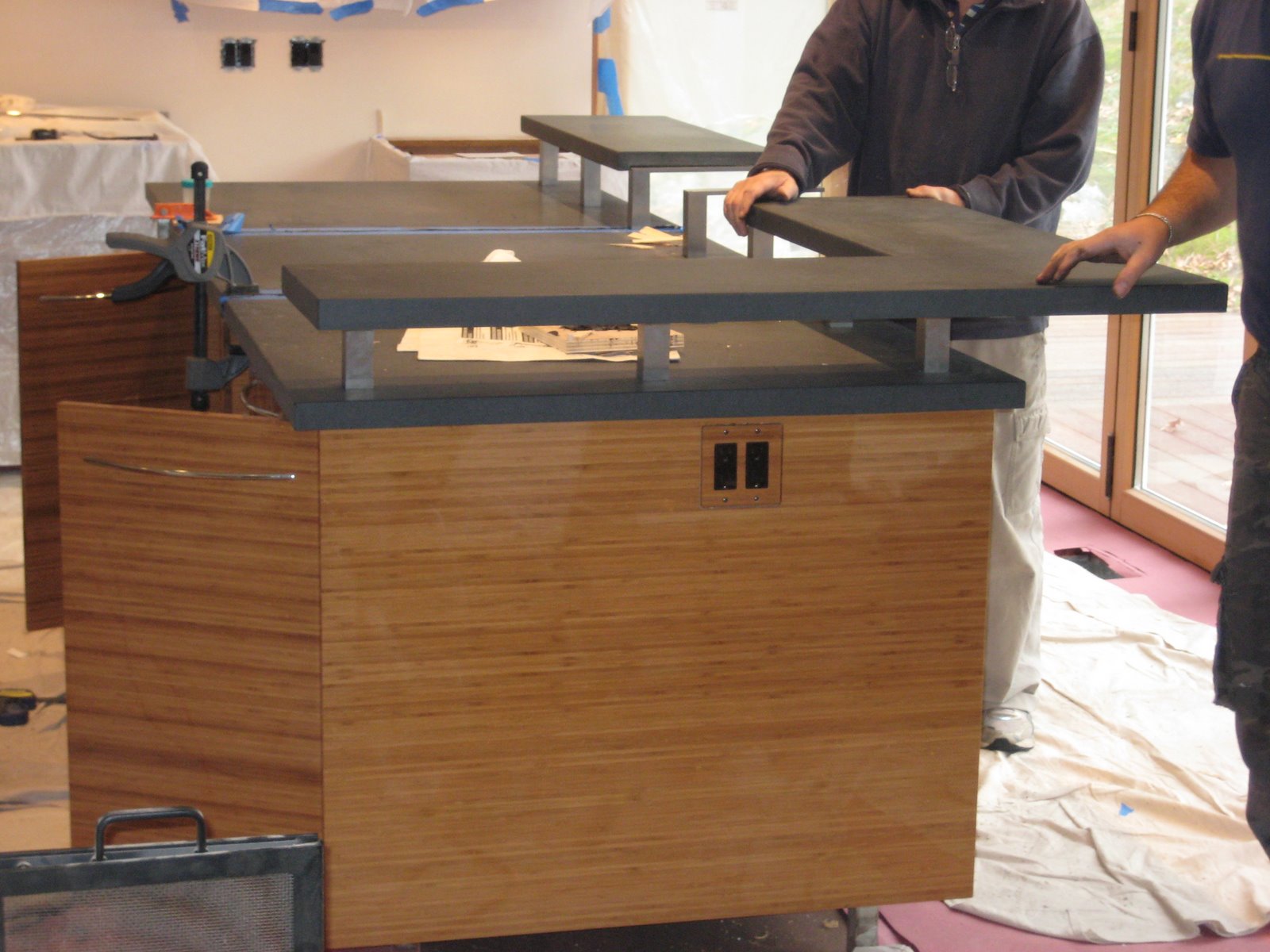
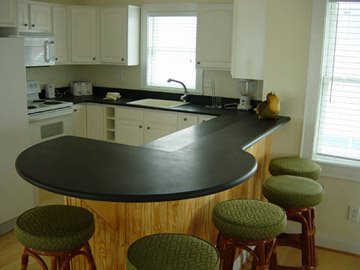
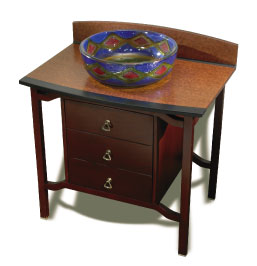

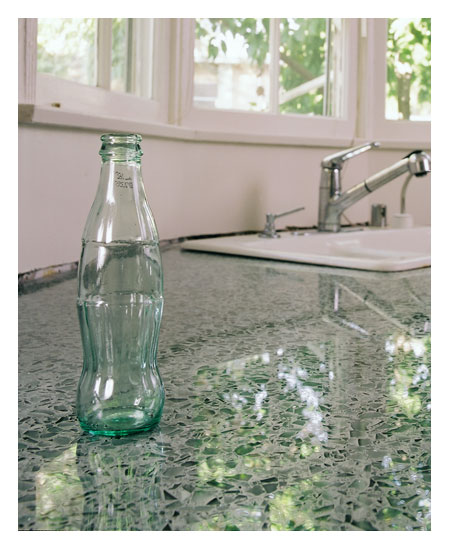
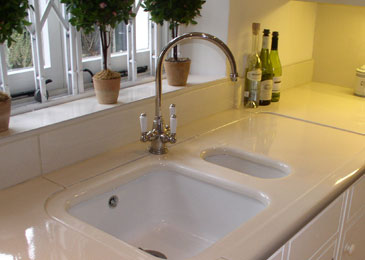
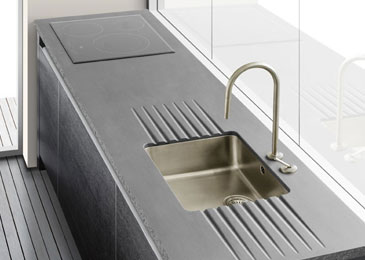

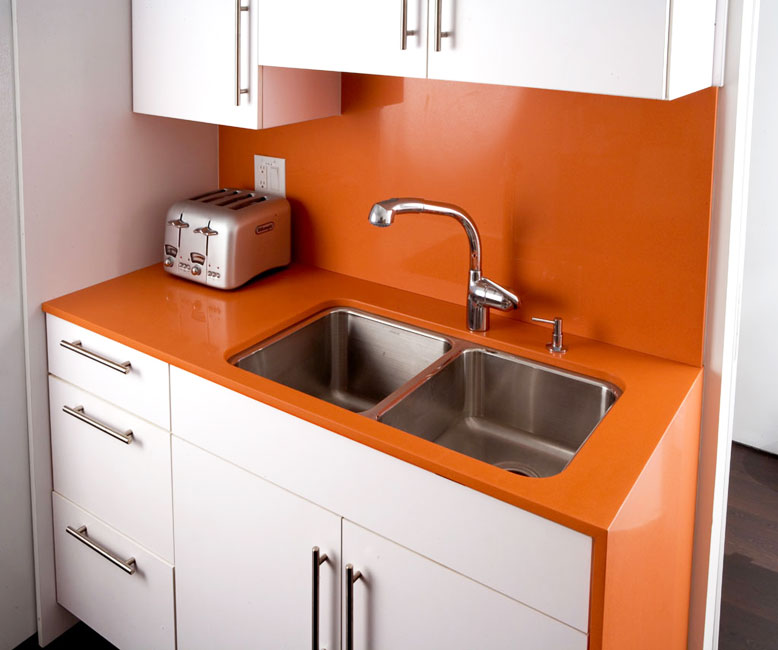
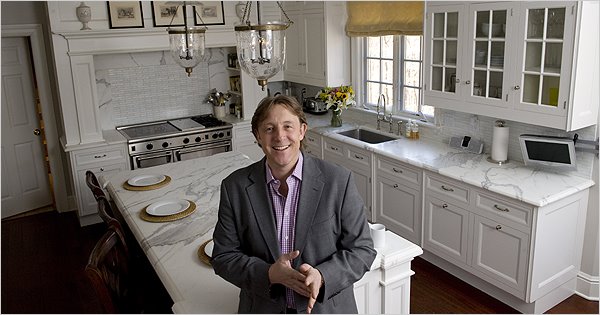 Today's
Today's 